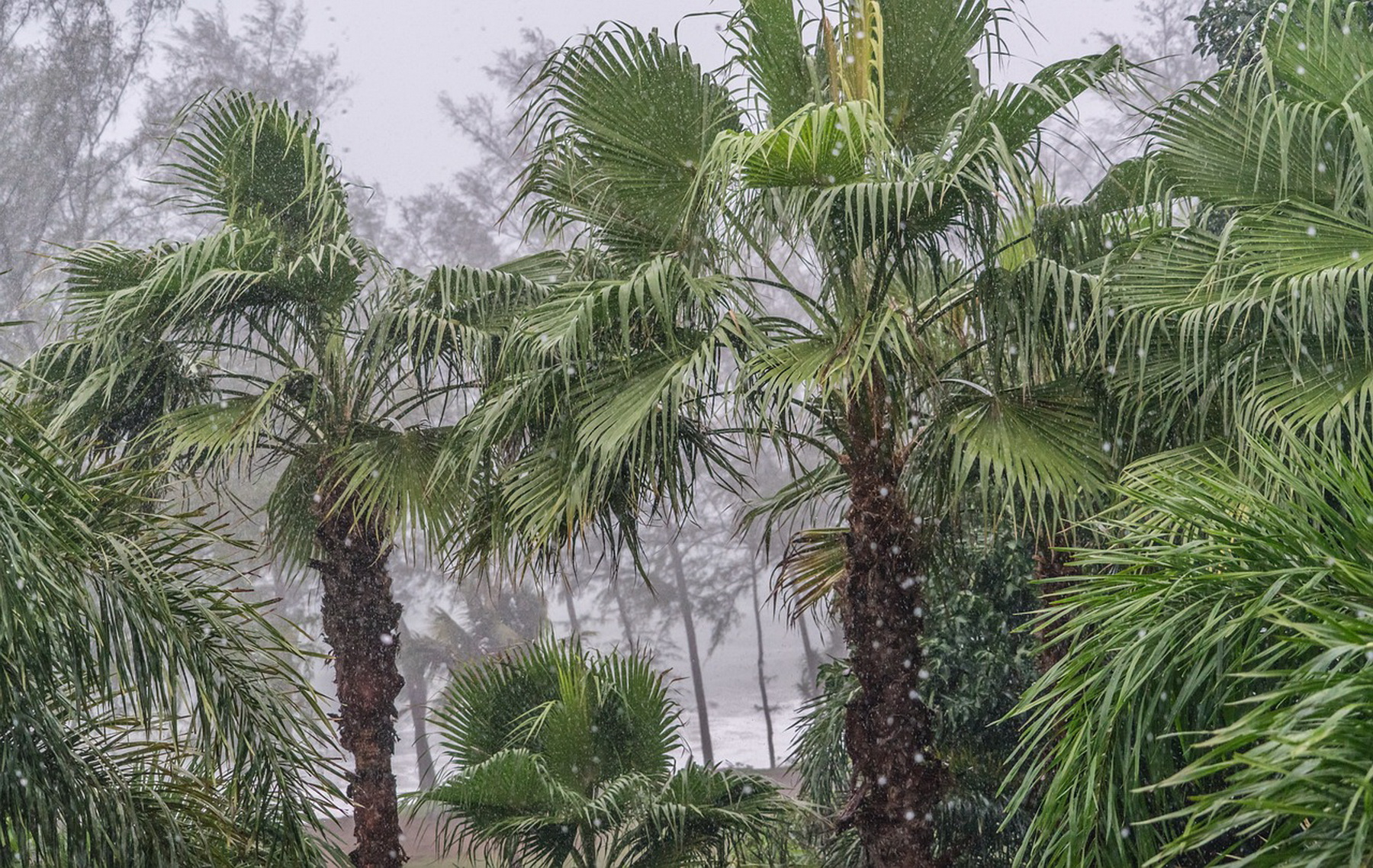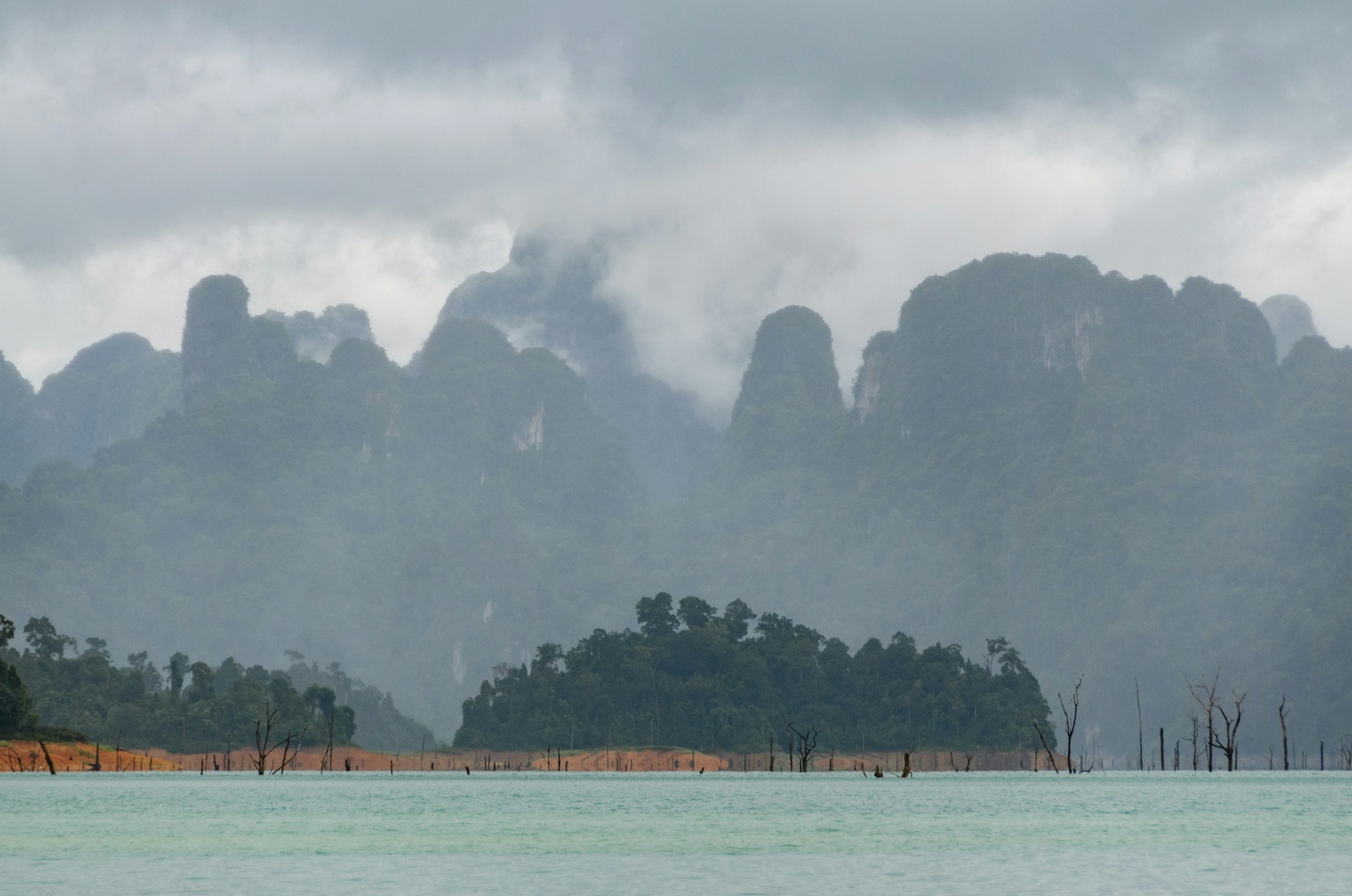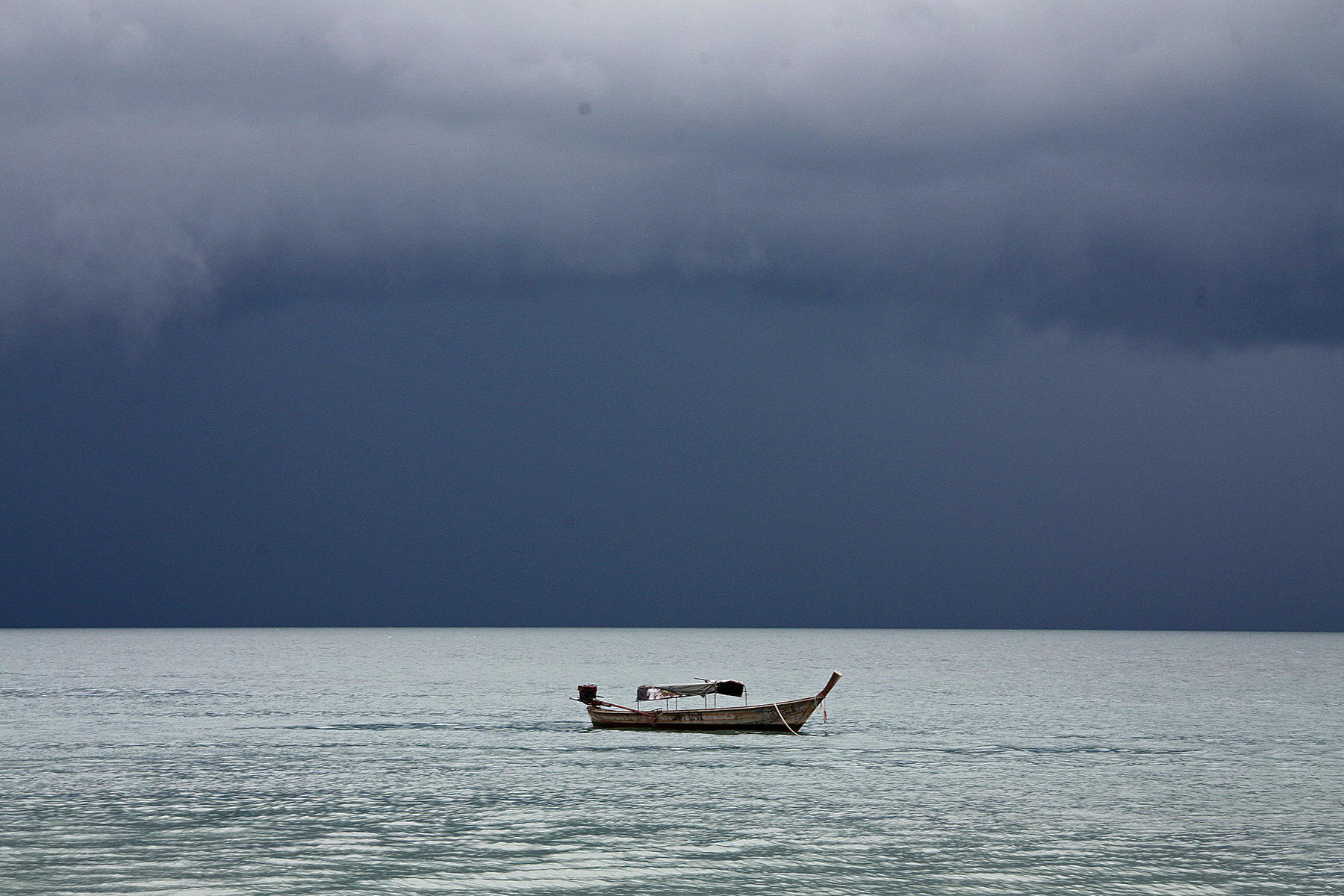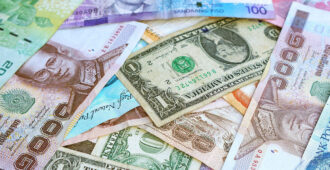When does the rainy season start in Phuket?
The rainy season in Phuket begins in May and lasts until the end of October. At this time, the southwest monsoon arrives on the island, bringing with it a significant amount of precipitation. The first rains in Phuket usually begin with small but frequent showers, which gradually gain strength by June and July.
The monsoon winds bring not only rain, but also high humidity, which is especially noticeable at the beginning of the season. Although it may rain every day, this does not mean that it rains all day. Usually, rain in Phuket is short-lived, with heavy downpours that alternate with sunny periods.
When does the rainy season end in Phuket?
The rainy season in Phuket ends in October, although the exact dates may vary depending on the year. By early November, the amount of rainfall has decreased significantly and the weather becomes more stable. This is when the high tourist season begins, when a large number of tourists arrive in Phuket.
However, September and October are considered the peak of the rainy season in Phuket, when the intensity of rainfall reaches its maximum. During this time, the amount of rain in Phuket by month is especially high, and tourists should be prepared for possible changes in plans due to weather conditions.

Rainy season in Phuket by month
To better understand how rainfall in Phuket is distributed among the months, it is important to look at each month of the rainy season separately. This will help you plan your trip to minimize the impact of rain on your holiday.
May
May is the month when the rainy season begins in Phuket. Rainfall has not yet reached its maximum, but there is already a feeling of increased humidity and rainfall. May is a transitional month when the island can still enjoy both sunny days and refreshing showers. Tourists who visit Phuket at this time can expect fewer people on the beaches and lower prices for accommodation.
June
June brings more consistent rainfall, but still has sunny spells. The sea can be murkier due to the waves, and swimming can sometimes be dangerous due to strong undercurrents. However, June remains a popular month for those looking for a quiet holiday away from the crowds. At this time of year, it is important to watch out for red flag warnings on beaches, which signal a ban on swimming.
July
In July, the amount of precipitation continues to increase, and it can rain almost every day. However, as in June, they are often short-lived and accompanied by sunny periods. Tourists who decide to visit Phuket in July should be prepared for possible changes in plans due to rain. At this time, it is also worth considering the risk of storms, especially if you are planning sea excursions or trips to the islands.
August
August is the middle of Phuket’s rainy season, and this month is characterized by high humidity and frequent showers. However, it is also the month when Phuket’s nature reveals itself in all its glory: forests become green and lush, and waterfalls flow full. If you are not afraid of rain, August can offer you unique natural scenery and the opportunity to enjoy a more peaceful holiday.
September
September is considered the peak of the rainy season in Phuket. This month sees the most rainfall on the island, and visitors should be prepared for possible heavy rains that can last for several days at a time. Beach holidays in September can be difficult due to strong waves and undercurrents, but those looking for privacy and romance under the sound of rain may find September an attractive month to visit.
October
October is the last month of the rainy season in Phuket. The amount of rainfall begins to decrease towards the end of the month, and the weather becomes more stable. October is the time when Phuket’s nature is still full of life after the rains, but tourists can already enjoy longer sunny days. The end of October is the beginning of preparations for the high tourist season, and prices for accommodation and services begin to rise.

Rainy season table by month
For your convenience, we have prepared a table that will help you better understand how rainfall in Phuket is distributed by month.
| Month | Amount of precipitation (mm) | Notes |
| January | 35 | The beginning of the high season |
| February | 30 | Ideal weather |
| March | 50 | Still dry season |
| April | 150 | Beginning of humidity increase |
| May | 300 | The rainy season begins |
| June | 250 | Showers are becoming more frequent |
| July | 280 | Peak of the rainy season |
| August | 300 | The rainiest month |
| September | 330 | It rains constantly |
| October | 240 | The rainy season is ending |
| November | 150 | The beginning of the high season |
| December | 60 | Ideal weather |
Pros and Cons of Rainy Season in Phuket
The rainy season in Phuket has both its advantages and disadvantages, which are important to consider when planning your trip.
Advantages:
- Less tourists: Low season means there will be fewer tourists in Phuket, allowing you to enjoy a more relaxed holiday without the crowds on the beaches and in the hotels.
- Low Prices: During the rainy season in Phuket, prices for accommodation, excursions and other tourist services are significantly lower than during the high season. This is a great opportunity to save on your vacation.
- Nature: During the rainy season, Phuket’s nature is especially beautiful: the forests become green and lush, the waterfalls are full-flowing, and the air is fresh and clean.
Flaws:
- Unstable Weather: Rainfall in Phuket can be unpredictable and prolonged, which can disrupt your holiday plans.
- Limited beach options: High waves and strong currents can make swimming dangerous, especially during the peak rainy season.
- Storm Risk: During the rainy season, tropical storms are possible, which may disrupt transportation and affect your travel plans.


Is it worth going to Phuket during the rainy season?
Whether or not to visit Phuket during the rainy season depends on your personal preferences and expectations for your holiday. If you are looking for peace, privacy and are not afraid of rain, then the rainy season in Phuket can offer you a unique experience. Low season means fewer tourists, making Phuket more peaceful and affordable.
However, if you are planning a purely beach holiday with long days in the sun, you may want to choose another time to visit the island when the rains have stopped. For example, November to April is the high tourist season in Phuket, when the weather is more stable and the sea is calm.

Reviews from tourists
Reviews of tourists who visited Phuket during the rainy season are often divided into two camps. Some enjoy the silence, greenery and refreshing showers, while others are disappointed by the changeable weather and limited opportunities for swimming. However, many note that even during the rainy season, you can find a lot of entertainment in Phuket: from visiting temples and cultural events to excursions to neighboring islands and water sports.
Tourists who visited Phuket in September and October note that this time can be great for those looking for romance and privacy, especially if you do not plan to spend your entire vacation on the beach. Hotels and restaurants offer great discounts, which makes traveling during this period especially attractive from a financial point of view.
Conclusion
The rainy season in Phuket by month can offer both unique opportunities and some limitations. When planning a trip, it is important to consider that the weather can be unpredictable, but this does not mean that the holiday will be spoiled. On the contrary, Phuket in the rainy season can be an ideal destination for those who are looking for tranquility, natural beauty and attractive prices. Regardless of the time of year, Phuket is always ready to offer you an unforgettable experience.









